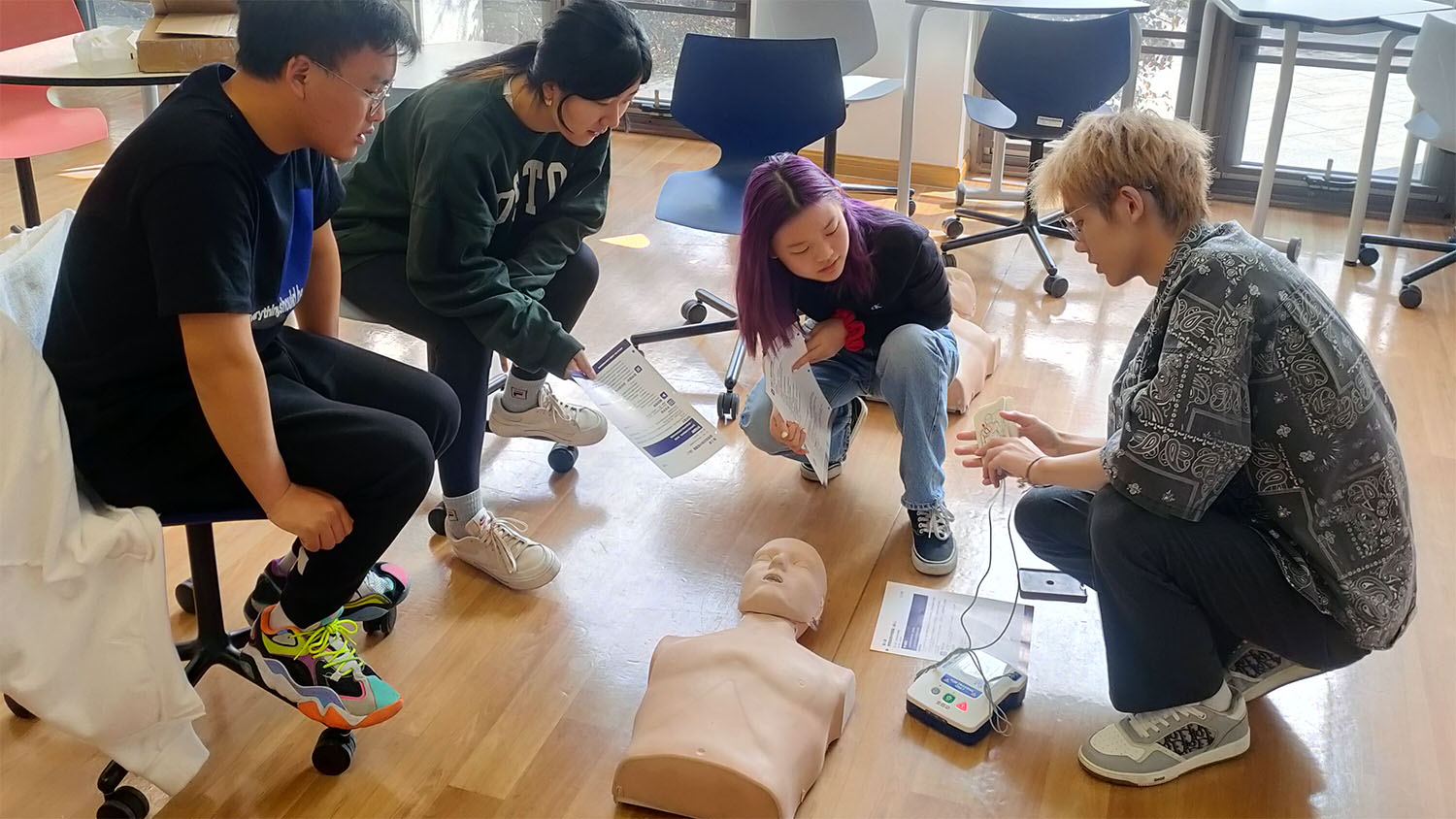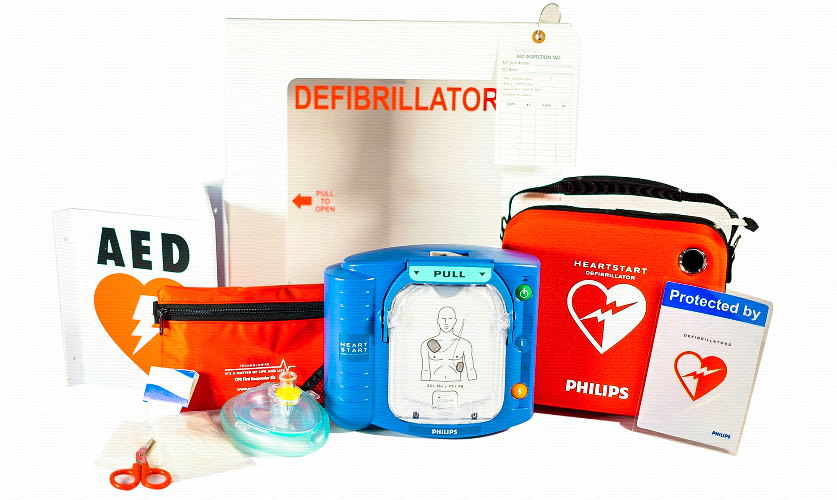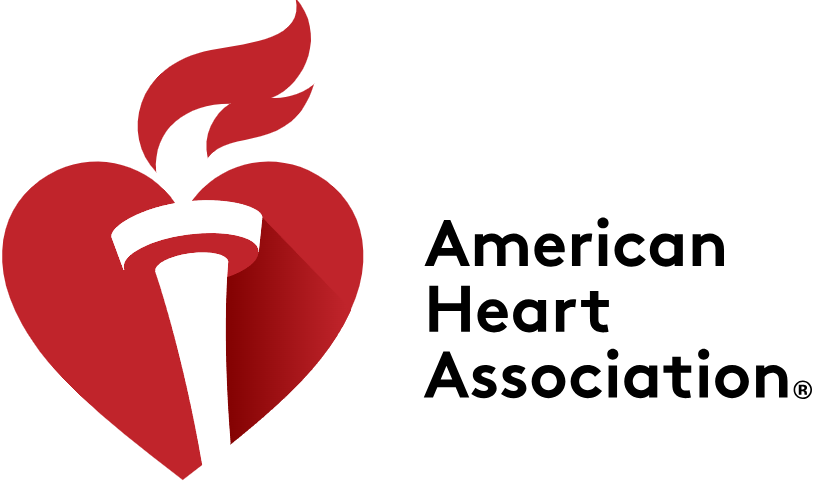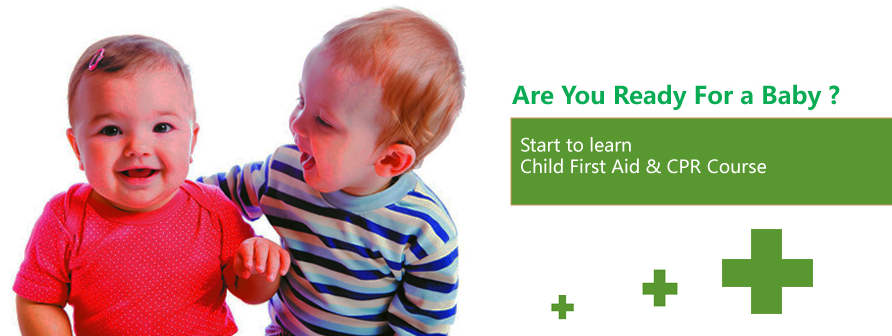Support Services for Campus First Aid Societies

A study on campus safety found that the probability of students experiencing accidents on campus is about 1.3%. Therefore, establishing a first aid society on campus can provide students with a platform to learn first aid skills to deal with potential emergency situations.
Sinoaid Health Promotion Center is committed to providing comprehensive supportive services for campus first aid societies, from training and material support to mentor development. We help improve students' first aid skills and enhance their leadership and teamwork abilities, providing strong security for campus safety.
Project Background:
With the development of society, the popularization of safety awareness, and the growing demand for campus safety education, campus first aid societies have become an increasingly important presence. In order to better support the development of campus first aid societies, Sinoaid Health Promotion Center actively participates in providing professional first aid training and supportive services to students.
Campus first aid societies are of great significance in improving students' first aid skills and safety awareness, cultivating social responsibility and leadership and teamwork spirit. However, students often face a lack of resources, skills, and experience in the process of learning and practicing first aid knowledge.
Supporting Data:
Through the support of Sinoaid Health Promotion Center, members of campus first aid societies have significantly improved their mastery of first aid skills and knowledge, greatly increasing the success rate of first aid, and students' leadership and teamwork abilities have also been significantly improved. Here are some of our statistics:
- In the past two years, students who participated in campus first aid societies have increased their mastery of first aid skills and knowledge by 65%.
- Schools that participated in the Sinoaid Health first aid society support project increased the number of first aid mentors in the first aid society by 20%. These first aid mentors successfully taught first aid skills to more students on campus.
- After two years of the project, the first aid response capability of campus first aid societies has increased by 50%, effectively reducing the threat of emergencies to students' lives.
- Students who participated in the project have significantly improved their leadership and teamwork abilities, with about 70% of students saying that their teamwork ability was greatly exercised and improved during first aid training.
- A survey shows that students' sense of social responsibility has increased by 55%, and they are more willing to focus on and engage in work related to public safety and health.
We provide these services for campuses:
- Provide professional first aid training and guidance: Sinoaid Health provides comprehensive and systematic first aid training and guidance to student groups, enabling students to better master first aid skills
- Resource sharing, providing material support: Sinoaid Health provides material support such as first aid equipment and drugs for student groups, as well as organizing first aid drills and other activities.
- Develop first aid mentors: Sinoaid Health helps students master first aid skills and develop into first aid mentors, further training more students to master first aid skills.
Sinoaid Health Promotion Center is committed to providing comprehensive health management solutions for campuses. We firmly believe that healthy teachers and students are the cornerstone of harmonious campus development. If you want to learn more about the health services we provide for campuses, please contact our customer service personnel. We will be dedicated to serving you and helping you and your campus team stay healthy and energetic!
Inquiry: +86 (21) 60918290
Email: info @ firstaidchina.com
AED Leasing Programs
Introduction of Automated External Defibrillators, AED Leasing Programs in Shanghai, China.

Suppose you already made the decision to take the advice of the American Heart Association, the Red Cross or the Occupational Safety and Health Administration to apply an automated external defibrillator program and you already know that the AED program need to be accessible and available for use within 3 to 5 minutes throughout your facility and that they need to be monitored and maintained so they are ready for use if ever needed. Now the question is, How do you assure that you have enough AEDs, that they are properly maintained, that there are persons available who are adequately trained to use them and that your company is compliant with national laws regarding AED use?, then adding AED Leasing Programs to your company’s safety program is a great choice.
So far AED can be an expensive upfront investment beyond your budget realities, not to mention their never-ending maintenance costs such as battery and pads replacements, etc. And then what about the AED Management Process and Certification Training you need to ensure your AED program starts and stays ready?
The solution is actually pretty simple, which is to choose Firstaidchina.com AED Leasing Programs to take the worry off your plate with our decades’ experience providing industry leading pre-hospital AED Best Practice Services to companies, campuses, and communities. At Firstaidchina.com, we’re budget friendly and make it easy for you to begin protecting lives today. From AED Leasing to devices maintenance, The Firstaidchina.com Leasing AED Leasing Program will potentially saving your staff’s live and eliminate your company’s budget constraints at the same time. The Firstaidchina.com AED Leasing Program enables customers to lease one or more of our remarkable life saving device with following high quality service’s functions:
- All AED Equipment & Accessories Provided
- AED Maintenance, Parts, and Replacements Included
- Dedicated account manager
- AED networking membership
- Post Usage Replacement
- Relevant authorization required prescription and oversight
- Post-Usage clinical support, e.g. ECG data reporting
- Third party liability insurance (optional)
- Nationally recognized American Heart Association First aid training (optional)
- AED Mapping system registry service
- EMS liaison and registration for AED compliance, if applicable.
Our goal is to build a long-lasting relationship with you and our services are built around the fundamental knowledge with the mission is protecting lives at each client location daily. We consult, implement and maintain our client's pre-hospital life saving system as if the life of one of our loved ones depends on it, because someday it just might.
Contact us at +86 (21) 6091 8290 or email: info @ firstaidchina.com to learn more about AED management services and what our team can do for you.
Cardiopulmonary resuscitation
Cardiopulmonary resuscitation (CPR) is a lifesaving technique useful in many emergencies, including heart attack or near drowning, in which someone's breathing or heartbeat has stopped. The American Heart Association recommends that everyone — untrained bystanders and medical personnel alike — begin CPR with chest compressions.
It's far better to do something than to do nothing at all if you're fearful that your knowledge or abilities aren't 100 percent complete. Remember, the difference between your doing something and doing nothing could be someone's life.
Here's advice from the American Heart Association:
- Untrained. If you're not trained in CPR, then provide hands-only CPR. That means uninterrupted chest compressions of about 100 a minute until paramedics arrive (described in more detail below). You don't need to try rescue breathing.
- Trained and ready to go. If you're well-trained and confident in your ability, begin with chest compressions instead of first checking the airway and doing rescue breathing. Start CPR with 30 chest compressions before checking the airway and giving rescue breaths.
- Trained but rusty. If you've previously received CPR training but you're not confident in your abilities, then just do chest compressions at a rate of about 100 a minute. (Details described below.)
The above advice applies to adults, children and infants needing CPR, but not newborns.
CPR can keep oxygenated blood flowing to the brain and other vital organs until more definitive medical treatment can restore a normal heart rhythm.
When the heart stops, the lack of oxygenated blood can cause brain damage in only a few minutes. A person may die within eight to 10 minutes.
To learn CPR properly, take an accredited first-aid training course, including CPR and how to use an automated external defibrillator (AED). If you are untrained and have immediate access to a phone, call 911 before beginning CPR. The dispatcher can instruct you in the proper procedures until help arrives.
Before you begin
Before starting CPR, check:
- Is the person conscious or unconscious?
- If the person appears unconscious, tap or shake his or her shoulder and ask loudly, "Are you OK?"
- If the person doesn't respond and two people are available, one should call 911 or the local emergency number and one should begin CPR. If you are alone and have immediate access to a telephone, call 911 before beginning CPR — unless you think the person has become unresponsive because of suffocation (such as from drowning). In this special case, begin CPR for one minute and then call 911 or the local emergency number.
- If an AED is immediately available, deliver one shock if instructed by the device, then begin CPR.
Remember to spell C-A-B
The American Heart Association uses the acronym of CAB — compressions, airway, breathing — to help people remember the order to perform the steps of CPR.
Compressions: Restore blood circulation
- Put the person on his or her back on a firm surface.
- Kneel next to the person's neck and shoulders.
- Place the heel of one hand over the center of the person's chest, between the nipples. Place your other hand on top of the first hand. Keep your elbows straight and position your shoulders directly above your hands.
- Use your upper body weight (not just your arms) as you push straight down on (compress) the chest at least 2 inches (approximately 5 centimeters). Push hard at a rate of about 100 compressions a minute.
- If you haven't been trained in CPR, continue chest compressions until there are signs of movement or until emergency medical personnel take over. If you have been trained in CPR, go on to checking the airway and rescue breathing.
Airway: Clear the airway
- If you're trained in CPR and you've performed 30 chest compressions, open the person's airway using the head-tilt, chin-lift maneuver. Put your palm on the person's forehead and gently tilt the head back. Then with the other hand, gently lift the chin forward to open the airway.
- Check for normal breathing, taking no more than five or 10 seconds. Look for chest motion, listen for normal breath sounds, and feel for the person's breath on your cheek and ear. Gasping is not considered to be normal breathing. If the person isn't breathing normally and you are trained in CPR, begin mouth-to-mouth breathing. If you believe the person is unconscious from a heart attack and you haven't been trained in emergency procedures, skip mouth-to-mouth breathing and continue chest compressions.
Breathing: Breathe for the person
Rescue breathing can be mouth-to-mouth breathing or mouth-to-nose breathing if the mouth is seriously injured or can't be opened.
- With the airway open (using the head-tilt, chin-lift maneuver), pinch the nostrils shut for mouth-to-mouth breathing and cover the person's mouth with yours, making a seal.
- Prepare to give two rescue breaths. Give the first rescue breath — lasting one second — and watch to see if the chest rises. If it does rise, give the second breath. If the chest doesn't rise, repeat the head-tilt, chin-lift maneuver and then give the second breath. Thirty chest compressions followed by two rescue breaths is considered one cycle.
- Resume chest compressions to restore circulation.
- If the person has not begun moving after five cycles (about two minutes) and an automated external defibrillator (AED) is available, apply it and follow the prompts. Administer one shock, then resume CPR — starting with chest compressions — for two more minutes before administering a second shock. If you're not trained to use an AED, a 911 or other emergency medical operator may be able to guide you in its use. If an AED isn't available, go to step 5 below.
- Continue CPR until there are signs of movement or emergency medical personnel take over.
To perform CPR on a child
The procedure for giving CPR to a child age 1 through 8 is essentially the same as that for an adult. The differences are as follows:
- If you're alone, perform five cycles of compressions and breaths on the child — this should take about two minutes — before calling 911 or your local emergency number or using an AED.
- Use only one hand to perform chest compressions.
- Breathe more gently.
- Use the same compression-breath rate as is used for adults: 30 compressions followed by two breaths. This is one cycle. Following the two breaths, immediately begin the next cycle of compressions and breaths.
- After five cycles (about two minutes) of CPR, if there is no response and an AED is available, apply it and follow the prompts. Use pediatric pads if available, for children ages 1 through 8. If pediatric pads aren't available, use adult pads. Do not use an AED for children younger than age 1. Administer one shock, then resume CPR — starting with chest compressions — for two more minutes before administering a second shock. If you're not trained to use an AED, a 911 or other emergency medical operator may be able to guide you in its use.
Continue until the child moves or help arrives.
To perform CPR on a baby
Most cardiac arrests in babies occur from lack of oxygen, such as from drowning or choking. If you know the baby has an airway obstruction, perform first aid for choking. If you don't know why the baby isn't breathing, perform CPR.
To begin, examine the situation. Stroke the baby and watch for a response, such as movement, but don't shake the baby.
If there's no response, follow the CAB procedures below and time the call for help as follows:
- If you're the only rescuer and CPR is needed, do CPR for two minutes — about five cycles — before calling 911 or your local emergency number.
- If another person is available, have that person call for help immediately while you attend to the baby.
Compressions: Restore blood circulation
- Place the baby on his or her back on a firm, flat surface, such as a table. The floor or ground also will do.
- Imagine a horizontal line drawn between the baby's nipples. Place two fingers of one hand just below this line, in the center of the chest.
- Gently compress the chest about 1.5 inches (about 4 centimeters).
- Count aloud as you pump in a fairly rapid rhythm. You should pump at a rate of 100 compressions a minute.
Airway: Clear the airway
- After 30 compressions, gently tip the head back by lifting the chin with one hand and pushing down on the forehead with the other hand.
- In no more than 10 seconds, put your ear near the baby's mouth and check for breathing: Look for chest motion, listen for breath sounds, and feel for breath on your cheek and ear.
Breathing: Breathe for the baby
- Cover the baby's mouth and nose with your mouth.
- Prepare to give two rescue breaths. Use the strength of your cheeks to deliver gentle puffs of air (instead of deep breaths from your lungs) to slowly breathe into the baby's mouth one time, taking one second for the breath. Watch to see if the baby's chest rises. If it does, give a second rescue breath. If the chest does not rise, repeat the head-tilt, chin-lift maneuver and then give the second breath.
- If the baby's chest still doesn't rise, examine the mouth to make sure no foreign material is inside. If an object is seen, sweep it out with your finger. If the airway seems blocked, perform first aid for a choking baby.
- Give two breaths after every 30 chest compressions.
- Perform CPR for about two minutes before calling for help unless someone else can make the call while you attend to the baby.
- Continue CPR until you see signs of life or until medical personnel arrive.
























